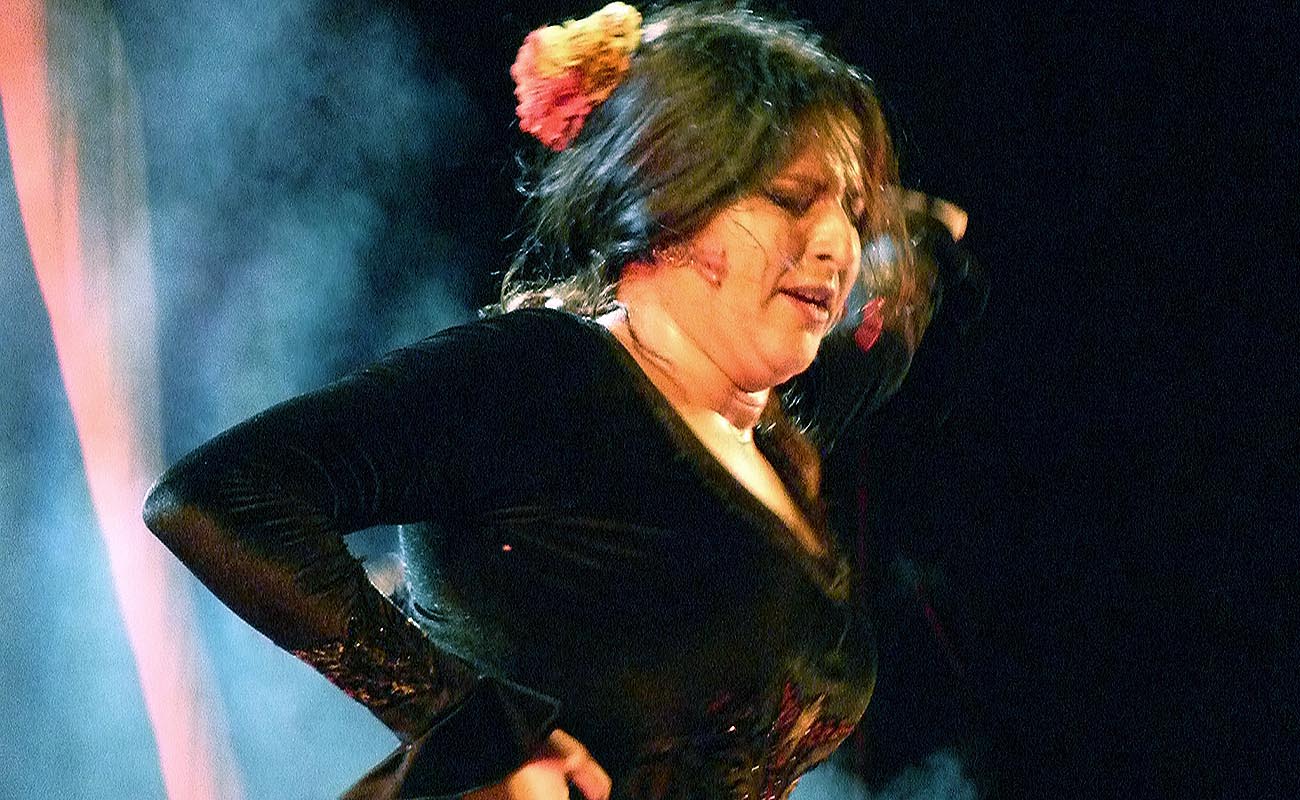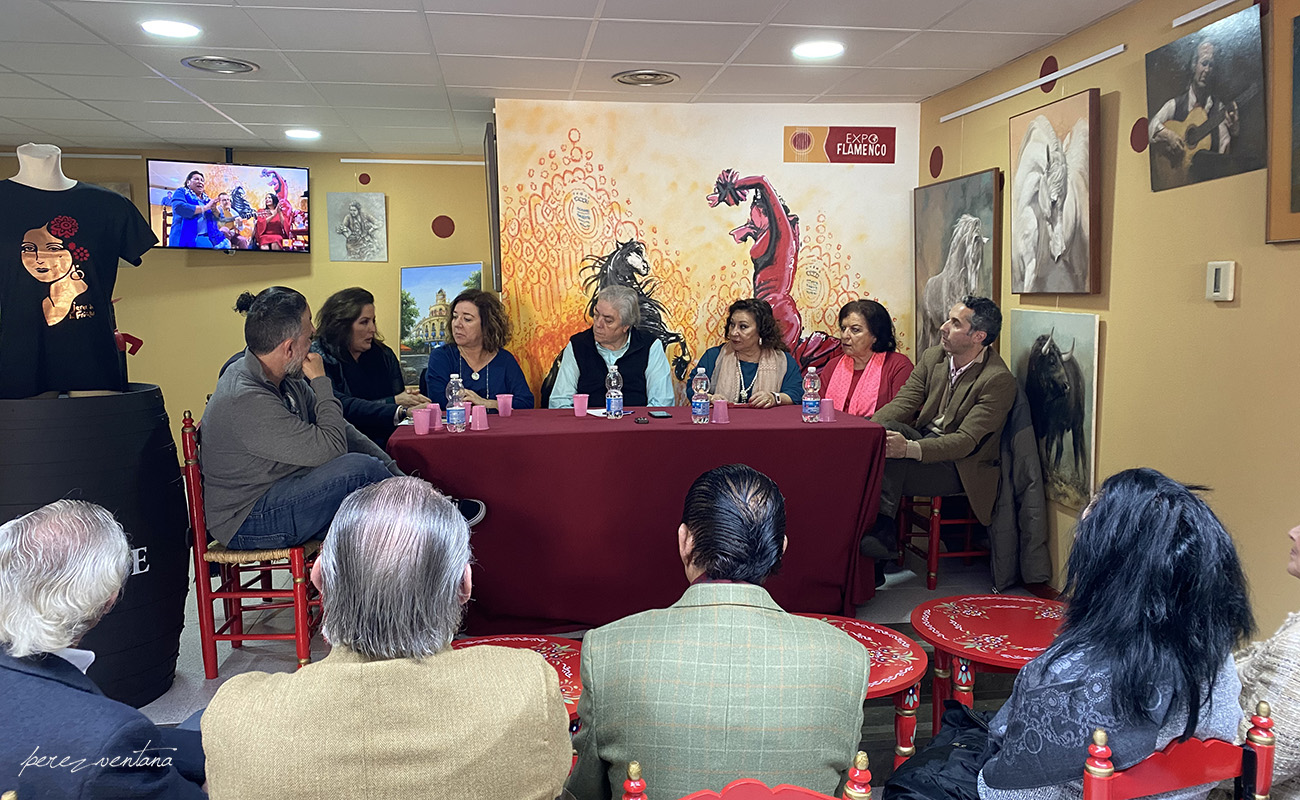The oblivion of Mariquita Malvido
Each artist has a story, and each flamenco artist has a thousand stories to be told. A few years ago, someone told me some sad stories about a bailaora from Jerez who was already famous in the 19th century, Mariquita Malvido, who has been totally forgotten in her homeland, just like so many other artists. For many people, she was just the
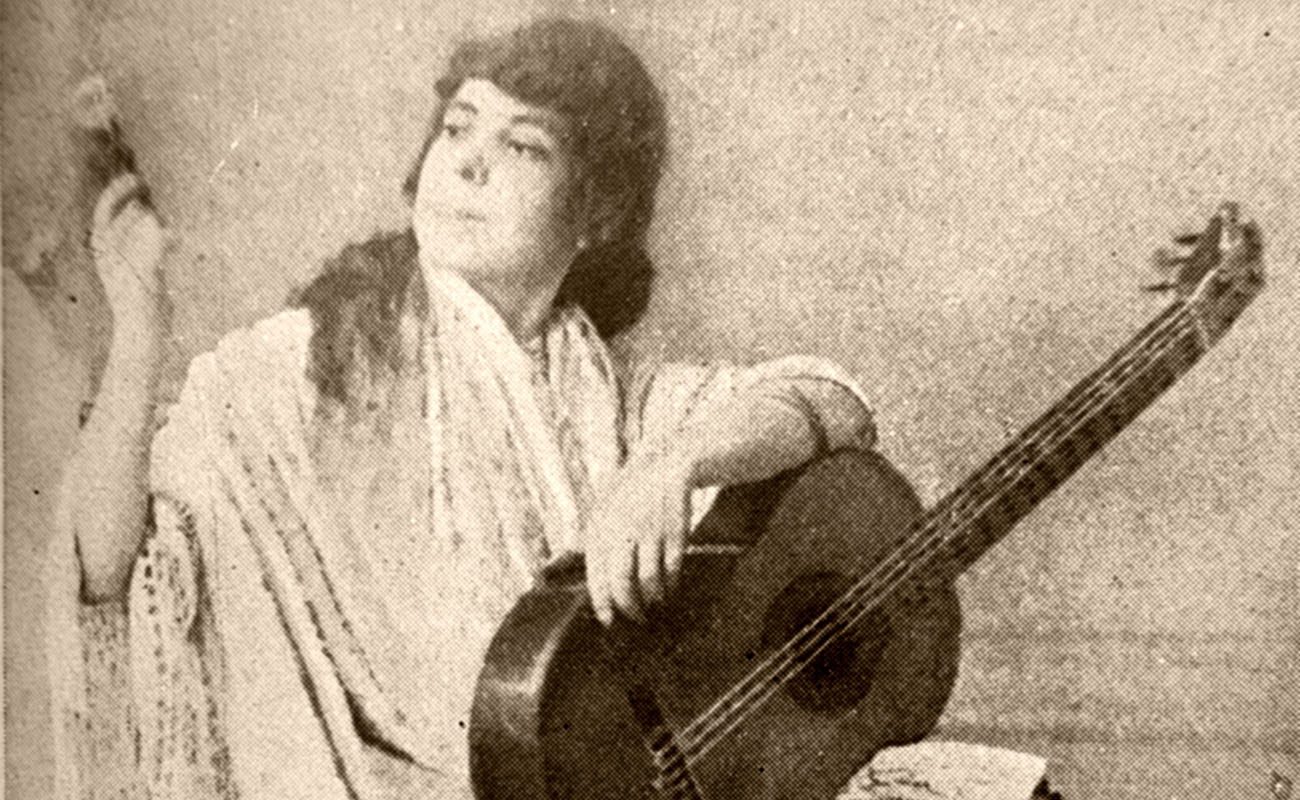
Each artist has a story, and each flamenco artist has a thousand stories to be told. A few years ago, someone told me some sad stories about a bailaora from Jerez who was already famous in the 19th century, Mariquita Malvido, who has been totally forgotten in her homeland, just like so many other artists. For many people, she was just the wife of Fosforito el de Cádiz, Francisco Lema Ullet, one of the greatest cantaores of all time. Yet, María de la Merced Pilas Malvido, her full name (not María del Pilar Malvido, as it’s sometimes stated) achieved fame as a bailaora in her own right, beyond being just the partner of that cantaor from Cádiz who made history as one of the best singers of malagueñas, together with Chacón, El Canario and La Trini.
A pending homework for Jerez de la Frontera, among many others, is getting a researcher to publish the history of baile in that city, which is as important as its cante history. In that not-yet-written research, a prominent name would be that of Mariquita Malvido, who incidentally left her mark in Seville, where she lived with her mother and brothers, besides Fosforito, in the middle of the 19th century, at number 83 on La Alameda de Hércules, to be precise. In the city registry her occupation is not listed as “artist”, though, even as she was already performing, being one of the main attractions in the best cafés of those days, such as El Burrero, El Filarmónico and, later, El Novedades.
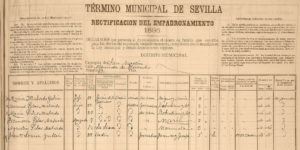
Yet, who was María de la Merced Pilas Malvido, that is Mariquita Malvido? Her parents were Robustiano Pilas Hernández and María Malvido Galán, both born in Jerez de la Frontera, although having roots in Valencia, Santander and Málaga, respectively. They married on July 1, 1850, in Jerez’s Santiago District, when the groom was 26 years old and the bride 20, and they had several children. Robustiano was a farm labourer, his father was from Santander and his mother from Valencia. María’s father was from Jerez, and her mother from Antequera (Málaga). All this information is taken from the birth certificate of Mariquita Malvido, who was born on May 8, 1868 at number 20 of Conocedores street.
It wasn’t easy to find her actual birth certificate, since her parents had other daughters before Mariquita, also named María, who didn’t survive childhood. So, the birth certificate shown here belongs to this artist. Mariquita Malvido was, then, from the San Pedro district, also known as La Albarizuela, a neighborhood which was the birthplace of many artists of renown in those days, such as La Serneta, Javier Molina, Juan Mojama and, more recently, the teacher of baile Angelita Gómez.
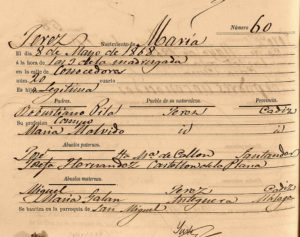
I won’t dwell on the professional career of Mariquita Malvido, because I’m saving this for the book I’ve been working on for years about the history of flamenco in Seville. I just wanted to publish this information, unknown until now (I presume, because it’s not easy to know everything that has been published about flamenco in the whole world), in order to highlight this great artist from Jerez who ended her days alone with her memories from the time when she was one of the most popular bailaoras from the time of the café cantantes. As she grew old, she quit the stages and became a teacher. In fact, I haven’t figured out yet when or where she died, whether in Madrid or in Jerez, where she might have seek the warmth of her family after the death of the love of her life, Fosforito el Viejo, a star of cante in that golden age who ended his life old and forgotten, without anyone who would even take care of his bones.
If anyone has any information about where and how Mariquita Malvido ended her days, please let us know.
Translated by P. Young


